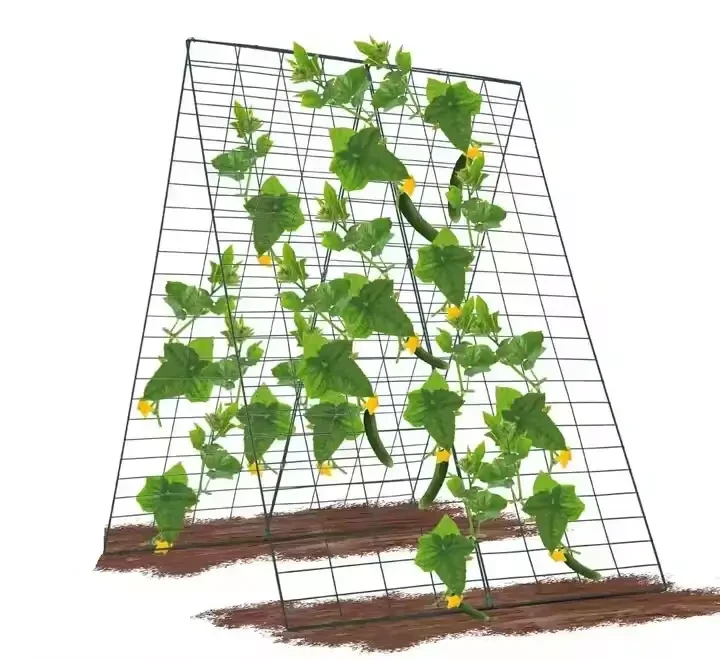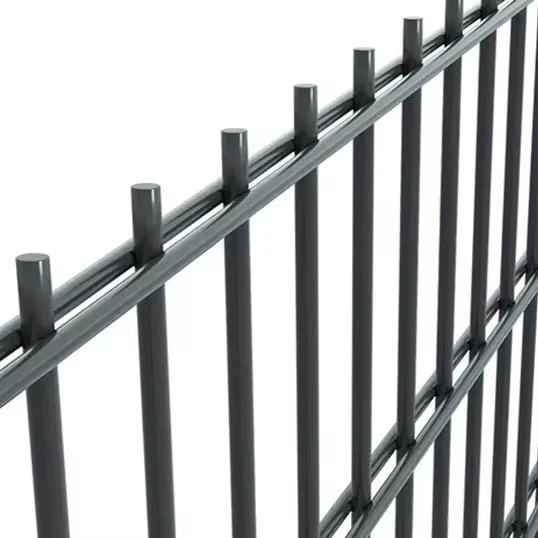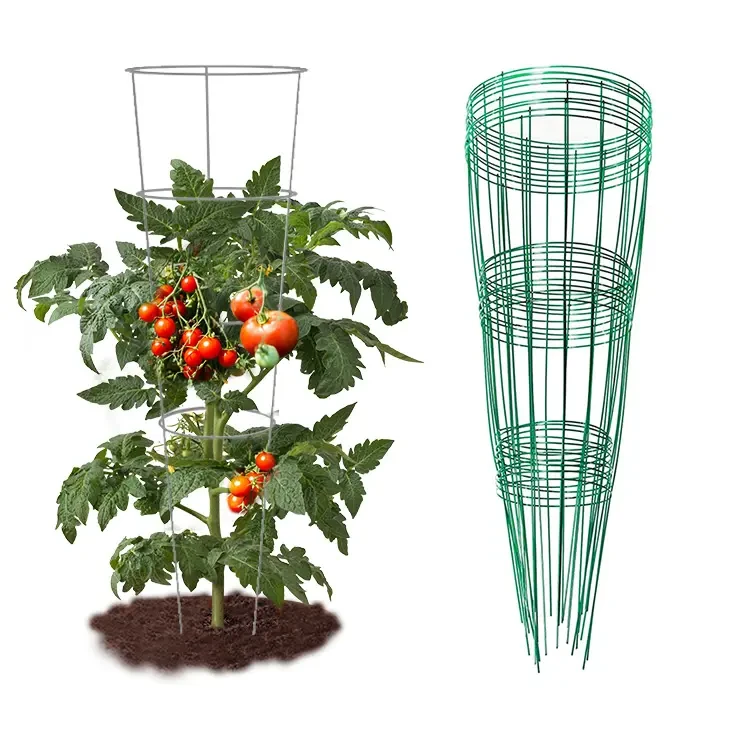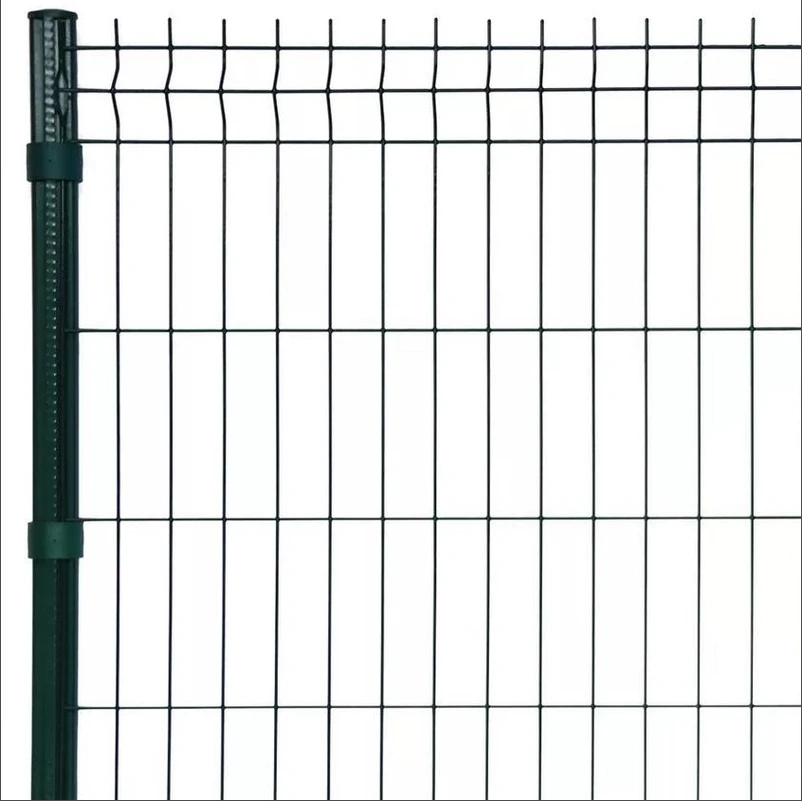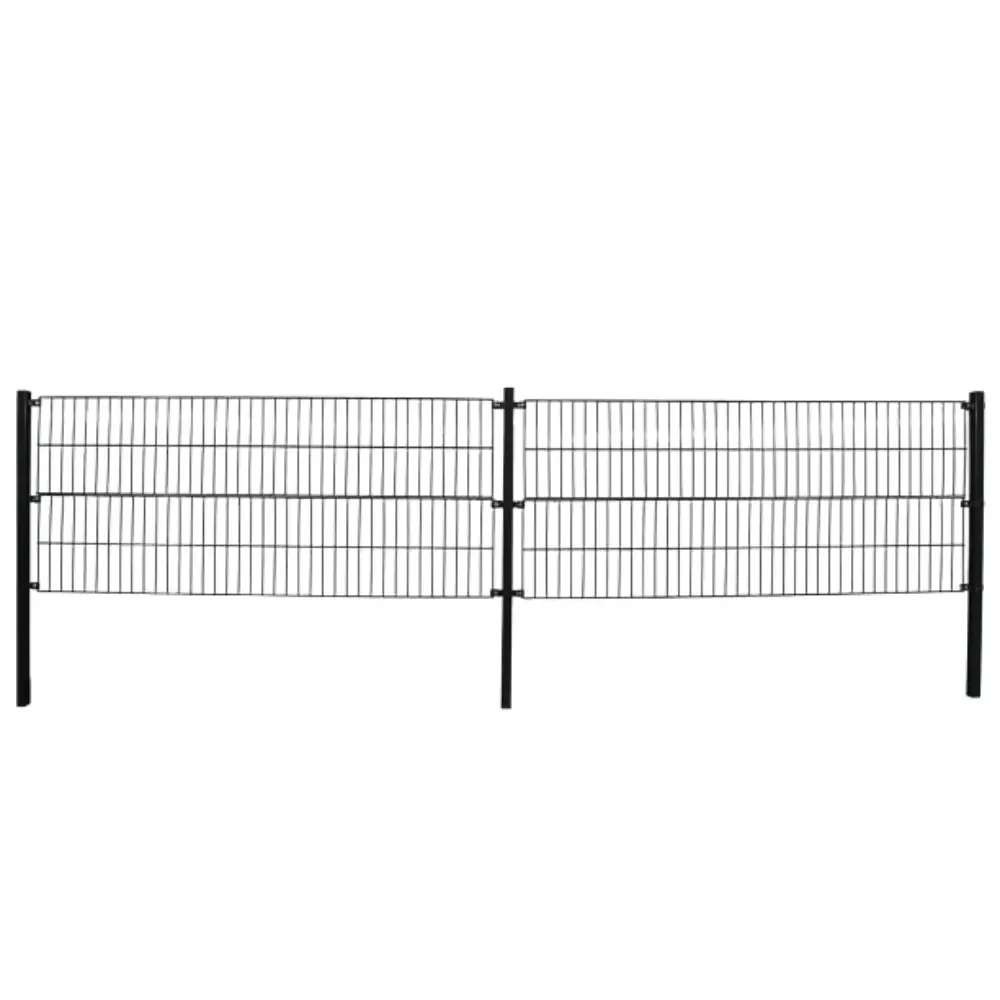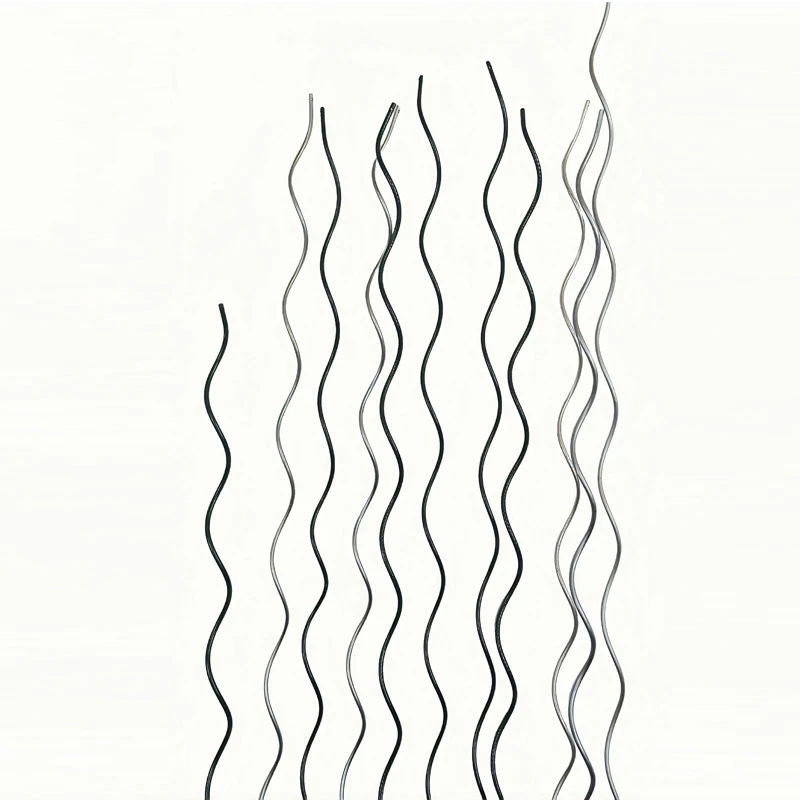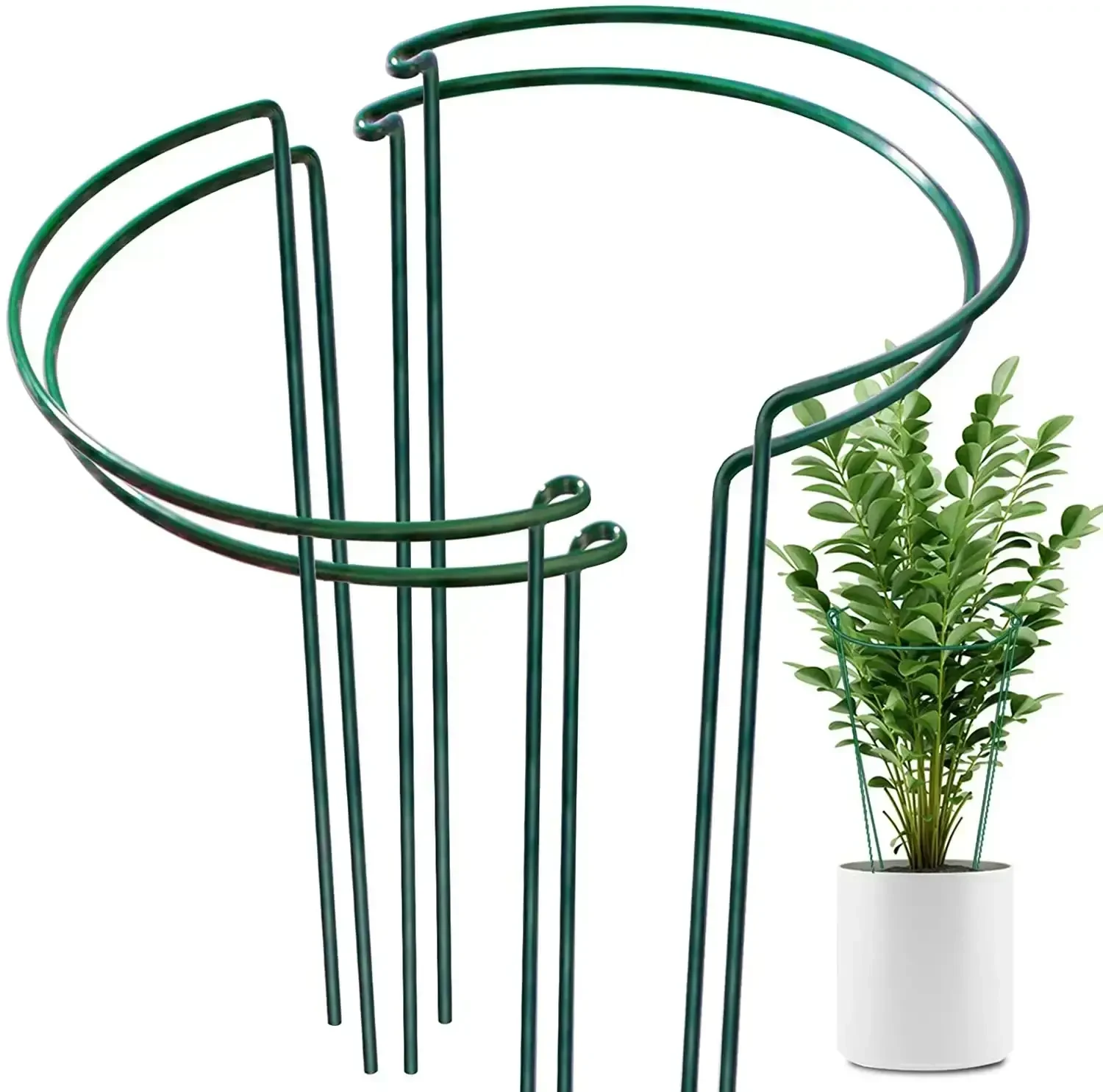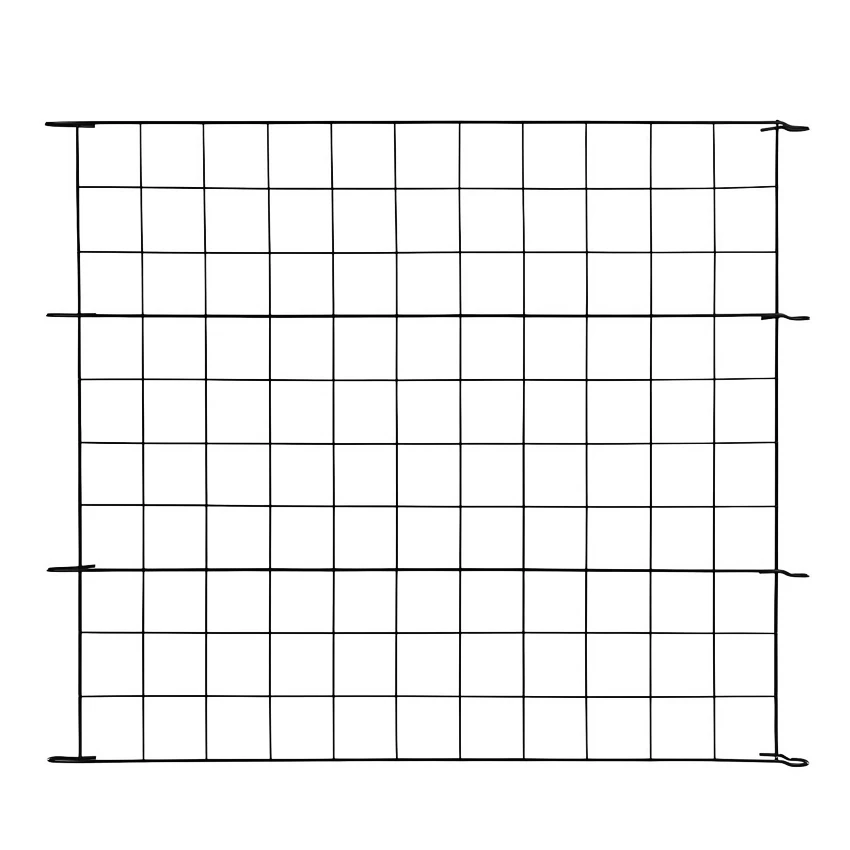-

-
 Whatsapp:+86 17732187393
Whatsapp:+86 17732187393 -


- Afrikaans
- Albanian
- Amharic
- Arabic
- Armenian
- Azerbaijani
- Basque
- Belarusian
- Bengali
- Bosnian
- Bulgarian
- Catalan
- Cebuano
- Corsican
- Croatian
- Czech
- Danish
- Dutch
- English
- Esperanto
- Estonian
- Finnish
- French
- Frisian
- Galician
- Georgian
- German
- Greek
- Gujarati
- haitian_creole
- hausa
- hawaiian
- Hebrew
- Hindi
- Miao
- Hungarian
- Icelandic
- igbo
- Indonesian
- irish
- Italian
- Japanese
- Javanese
- Kannada
- kazakh
- Khmer
- Rwandese
- Korean
- Kurdish
- Kyrgyz
- Lao
- Latin
- Latvian
- Lithuanian
- Luxembourgish
- Macedonian
- Malgashi
- Malay
- Malayalam
- Maltese
- Maori
- Marathi
- Mongolian
- Myanmar
- Nepali
- Norwegian
- Norwegian
- Occitan
- Pashto
- Persian
- Polish
- Portuguese
- Punjabi
- Romanian
- Russian
- Samoan
- scottish-gaelic
- Serbian
- Sesotho
- Shona
- Sindhi
- Sinhala
- Slovak
- Slovenian
- Somali
- Spanish
- Sundanese
- Swahili
- Swedish
- Tagalog
- Tajik
- Tamil
- Tatar
- Telugu
- Thai
- Turkish
- Turkmen
- Ukrainian
- Urdu
- Uighur
- Uzbek
- Vietnamese
- Welsh
- Bantu
- Yiddish
- Yoruba
- Zulu
Feb . 13, 2025 00:24
Back to list
garden pond fencing
Garden fencing offers a practical solution for homeowners looking to keep deer out of their gardens, a concern shared by many who reside in areas with high deer populations. Selecting the right fencing material and properly installing it can make all the difference in preserving the beauty and productivity of your outdoor space.
To bolster the effectiveness of any fence, consider adding electric fencing components, although caution and correct installation are vital for safety. Electric fences can deliver a mild shock to deter deer without causing harm. They are particularly useful in areas with high deer traffic, adding an extra layer of protection. The placement of the fence is just as crucial as the type and height. Fences must completely enclose the garden since even small breaks can serve as entry points for determined deer. Also, the fence's proximity to the plants it protects is strategic; positioning the fence close to valuable garden areas lessens the possibility of deer finding alternative routes to access their food source. Regular maintenance of the fence is crucial. Natural elements can wear down the material over time, and accidents or weather events can cause unintentional damage. Regularly checking for gaps, sagging, and signs of wear ensures long-term effectiveness. Moreover, promptly addressing any breaches or weaknesses will help maintain the deterrent quality of the fence. In conclusion, while there is no one-size-fits-all solution to deer-proofing gardens through fencing, understanding the behavioral tendencies of deer and choosing the appropriate materials and installation techniques is key. Tailoring your approach to the specific conditions and challenges of your area will enhance the effectiveness of your efforts. By investing in a well-planned fencing system, homeowners not only protect their gardens but also contribute to a more sustainable co-existence with wildlife.
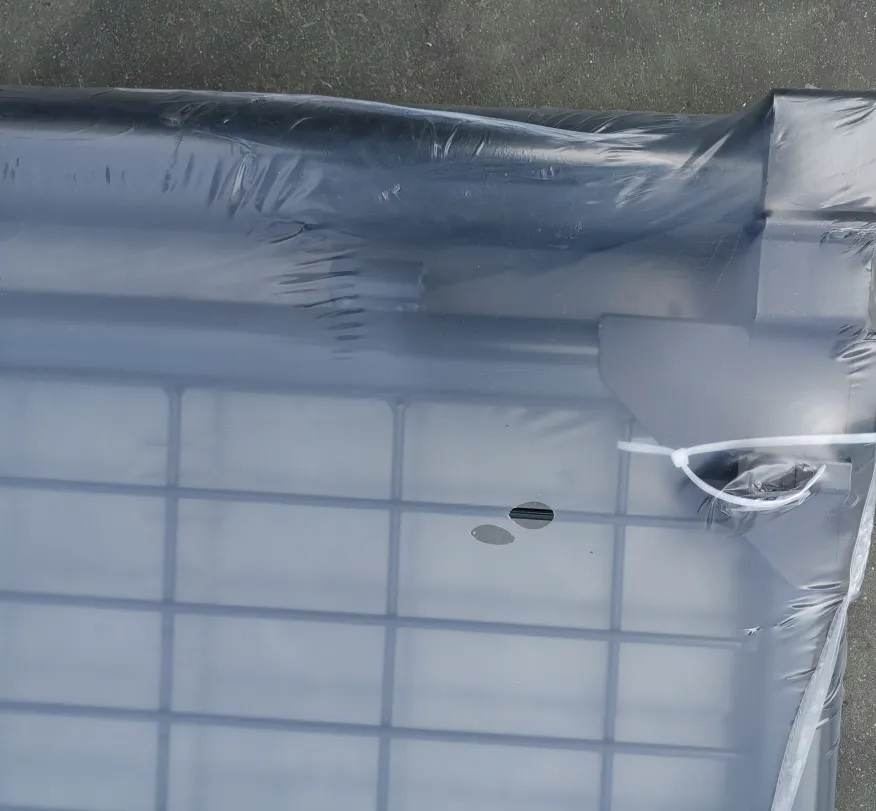

To bolster the effectiveness of any fence, consider adding electric fencing components, although caution and correct installation are vital for safety. Electric fences can deliver a mild shock to deter deer without causing harm. They are particularly useful in areas with high deer traffic, adding an extra layer of protection. The placement of the fence is just as crucial as the type and height. Fences must completely enclose the garden since even small breaks can serve as entry points for determined deer. Also, the fence's proximity to the plants it protects is strategic; positioning the fence close to valuable garden areas lessens the possibility of deer finding alternative routes to access their food source. Regular maintenance of the fence is crucial. Natural elements can wear down the material over time, and accidents or weather events can cause unintentional damage. Regularly checking for gaps, sagging, and signs of wear ensures long-term effectiveness. Moreover, promptly addressing any breaches or weaknesses will help maintain the deterrent quality of the fence. In conclusion, while there is no one-size-fits-all solution to deer-proofing gardens through fencing, understanding the behavioral tendencies of deer and choosing the appropriate materials and installation techniques is key. Tailoring your approach to the specific conditions and challenges of your area will enhance the effectiveness of your efforts. By investing in a well-planned fencing system, homeowners not only protect their gardens but also contribute to a more sustainable co-existence with wildlife.
Previous:
Latest news
-
Cheap Popular Laser Cutting Steel Sheet Garden Fence Panels WholesaleNewsJul.30,2025
-
Fence Or Balcony Privacy Screen Decorative For Apartments UV ProtectionNewsJul.30,2025
-
Galvanized Raised Garden Beds for Sale – Durable Metal Design, Affordable PricesNewsJul.29,2025
-
High Quality Galvanised Wire Mesh Panels for Fencing SolutionsNewsJul.29,2025
-
Premium Wooden Dog Crates for Sale – Durable & Stylish Kennel SolutionsNewsJul.29,2025
-
Cheap Best Seller Privacy Screen Fence Strips Pattern - Durable & StylishNewsJul.28,2025
Related Products
